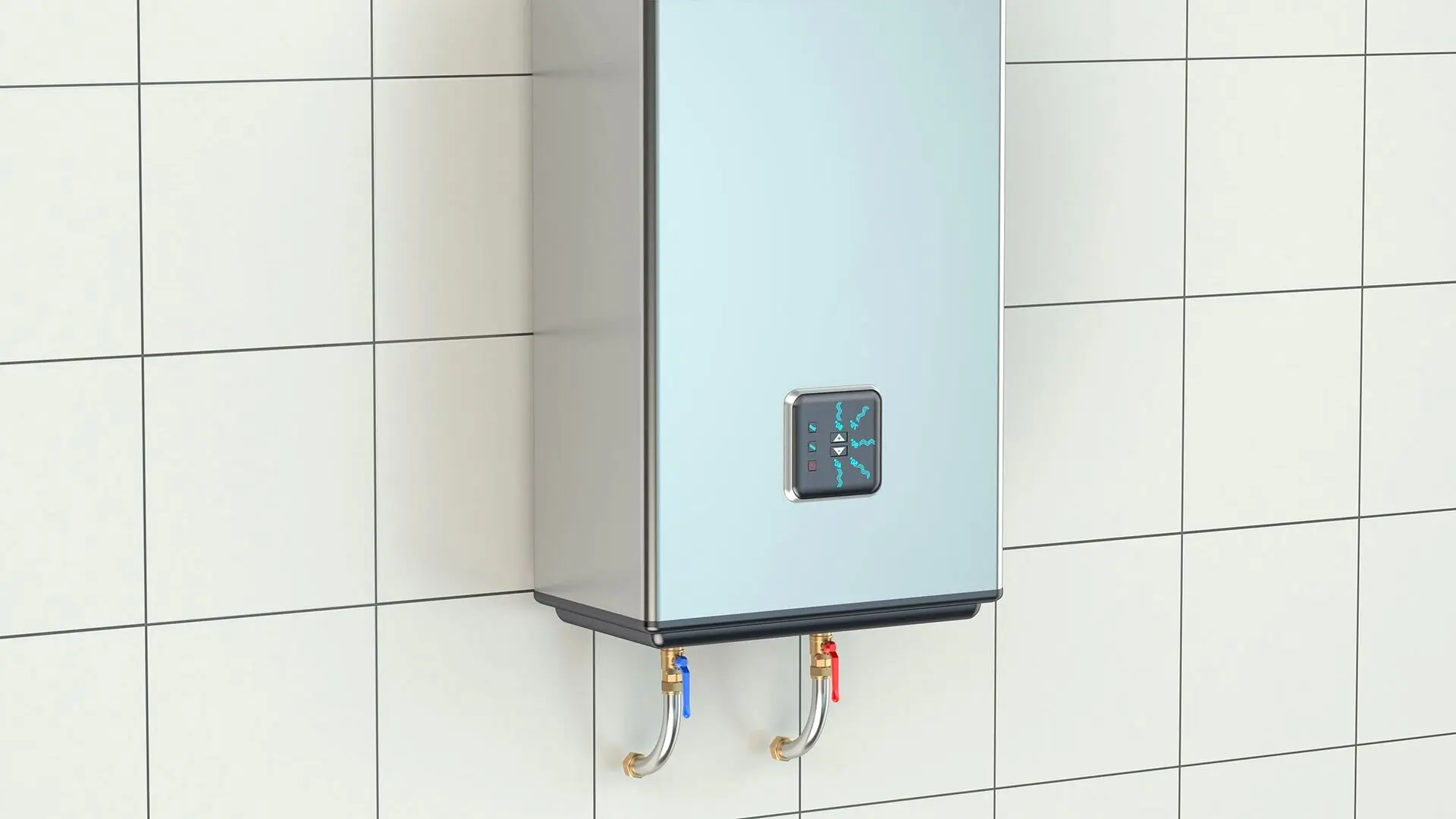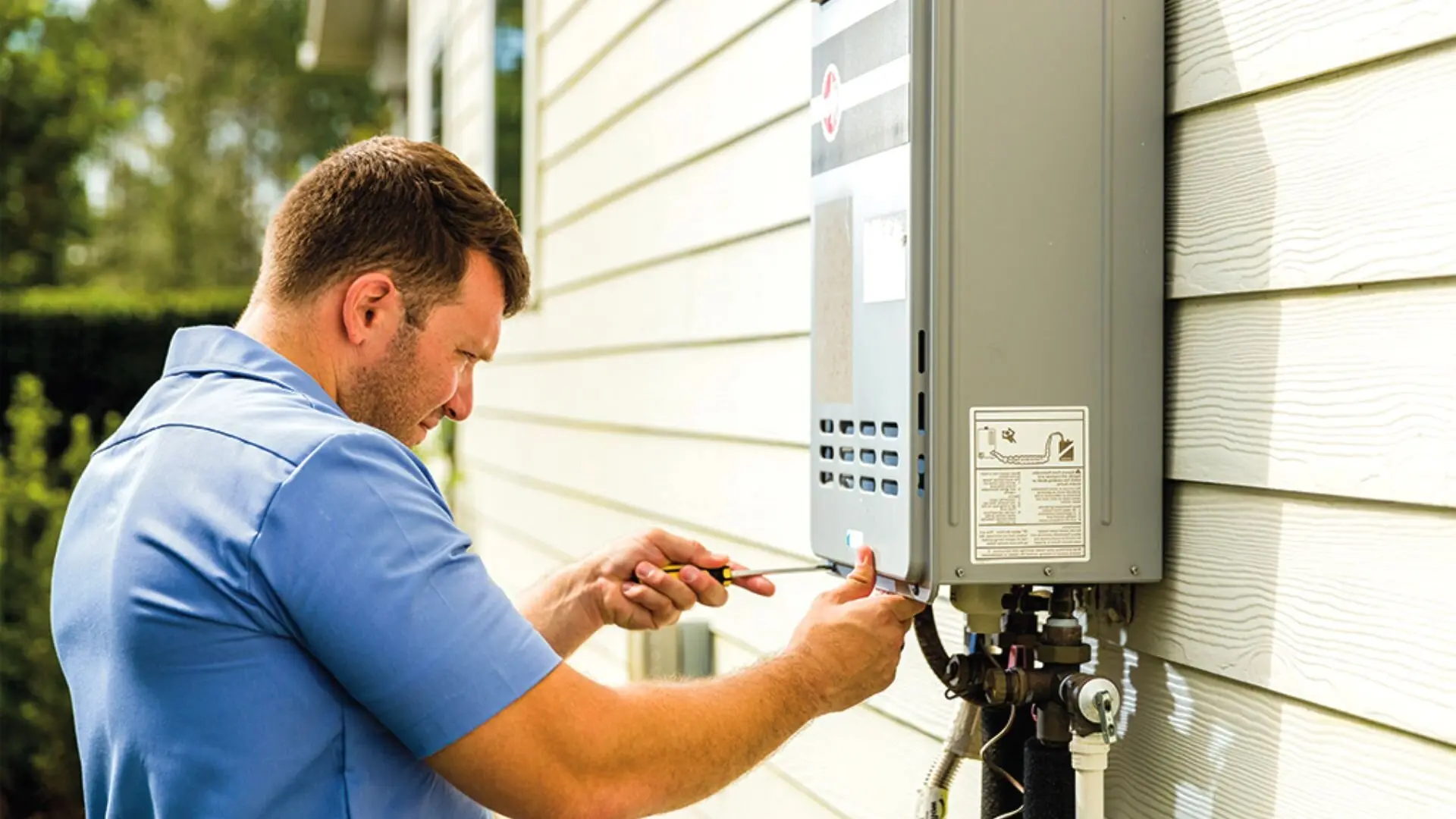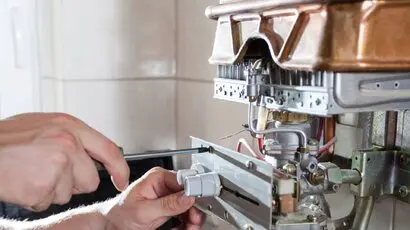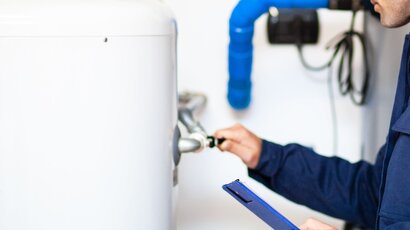How To Maintain Your Tankless Water Heater
Keeping your tankless water heater in good working order prevents costly repairs and extends its life. Learn how to maintain your tankless water heater by following our expert tips.
Ever thought about giving your tankless water heater a clean? It’s one of the most efficient ways to get hot water whenever you need it.
These heaters are famously low-maintenance, but giving them a periodic clean isn’t a bad idea. To assist, we’ve put together this guide to tackle common questions about maintaining your tankless water heater.

Well, there’s no ‘one answer fits all’ scenario here, as the frequency of maintaining your tankless water heater will largely depend on the water quality in your area. For example, if your home receives hard water, it can inflict damage on the internal components of the appliance in the form of rust or corrosion.
Similarly, limescale build-up can cause the heating elements like the heat exchanger and gas burner to malfunction. Likewise, calcium deposits left behind by the minerals in hard water can cover the thermostat to the point where it fails to detect the proper water temperature. As a result, you may get scalding water from the faucets, and the increase in temperature can damage the tank body, causing leaks.
In addition, the accumulation of minerals and calcium can clog the water heater and other plumbing fixtures, resulting in low hot water production. The appliance may work harder to produce more hot water, reducing lifespan.
As a rule of thumb, it’s a good idea to clean your tankless water heater yearly, ideally before winter. Depending on your water quality, you might need to do it more often. Manufacturers usually provide maintenance guidelines, so it’s wise to follow their advice.
Apart from cleaning the heater’s exterior with a clean, soft cloth, the other thing you need to do to maintain your tankless heater is to clean it from the inside. And for that, here are the things you will need:
If you can get a tankless water heater flush kit, the recirculation pump will generate enough power to flush the heater. But if you don’t have one, you can substitute it with a sump pump, producing a minimum output of 3/16 HP.
Make sure your sump pump is fully submersible, as using a non-submersible one can lead to damage or injuries from water exposure. Let’s walk through the steps to clean the tank.

The number one rule before handling any appliance is to switch off its power supply. So, if your tankless heater runs on gas, turn off the valve that supplies the ‘fuel’. Likewise, switch off the power supply and unplug the heater if it’s electrically powered.
As a precautionary measure, ensure that the water supply to the heater is also turned off till you’re done cleaning it.
Detecting and repairing damages is vital before you proceed with the cleaning process.
Start by running a thorough visual inspection of the tank, first on the outside and then on the inside (by removing the cover). If you notice any corroded valves, replace them immediately.
Without an anode rod, the valves inside the heater are particularly susceptible to corrosion. You may even notice rusty flakes on other parts, so clean them gently with a soft brush or clean towel.
However, other issues like corroded casing or leaks may require you to avail yourself of professional services.
The most crucial part of the cleaning process is flushing the tank. For this, add white vinegar to the water bucket in a ratio of 1:2 and mix it thoroughly.
Next, grab the sump pump, bucket and hoses. Then, remove the tank’s cold water line and connect one end of the hose to the valve. Attach its other end to the sump pump, submerge the pump in the bucket and switch it on.
If you’re using a flushing kit, follow the manual to set up the pump. Either way, the pump will create water circulation to cleanse the tank, removing sediment and scale build-up.
Let the sump pump run for about an hour, but a few recirculation pumps can clean the tank quicker than that, so stick to the instructions.
Your tankless water heater will likely have an air filter near the intake on the inside, which can collect minerals and debris over time. An inefficient air filter can also cause problems with the tank’s functionality. So, take it out and clean it gently with a soft-bristled brush dipped in soap water. Once completely clean, rinse it with plain water and put it back in.
PS- if you can’t locate the air filter, refer to the owner’s manual.
Another thing to remember is that some tankless water heaters come with a water filter or screen near the cold water inlet, which should also be cleaned. Take it out, clean it the same way and reattach it.
With time, the valves and screws inside and outside the tank can become loose, so tightening them using the wrench may be a good idea. You can also apply some plumber’s tape over the connections to keep them from coming loose frequently.
After everything is done, reattach the heater cover, switch on the power and turn on the water supply. Keep the heater running for some time to ensure it’s running normally.

Even with a detailed breakdown, DIY appliance cleaning isn’t everyone’s cup of tea.
If you’re not comfortable cleaning your tankless water heater or lack the tools, reach out to WP Plumbing. Our skilled and licensed plumbers are ready to provide maintenance services for all water heaters across Melbourne. Your safety and comfort are our top priorities! For more DIY tips, have a look at our expert advice!
If you’re tired of running out of hot water or storing bulky water tanks, a tankless water heater may be the answer. Learn why switching to a tankless system could have a number of benefits.
Want to know more about the benefits and importance of servicing your water heater routinely? Don’t worry, because we’ve got you covered with our informative guide.
Regular maintenance keeps electric hot water systems running smoothly and prevents costly issues. Follow these annual tips to enhance performance and durability.


